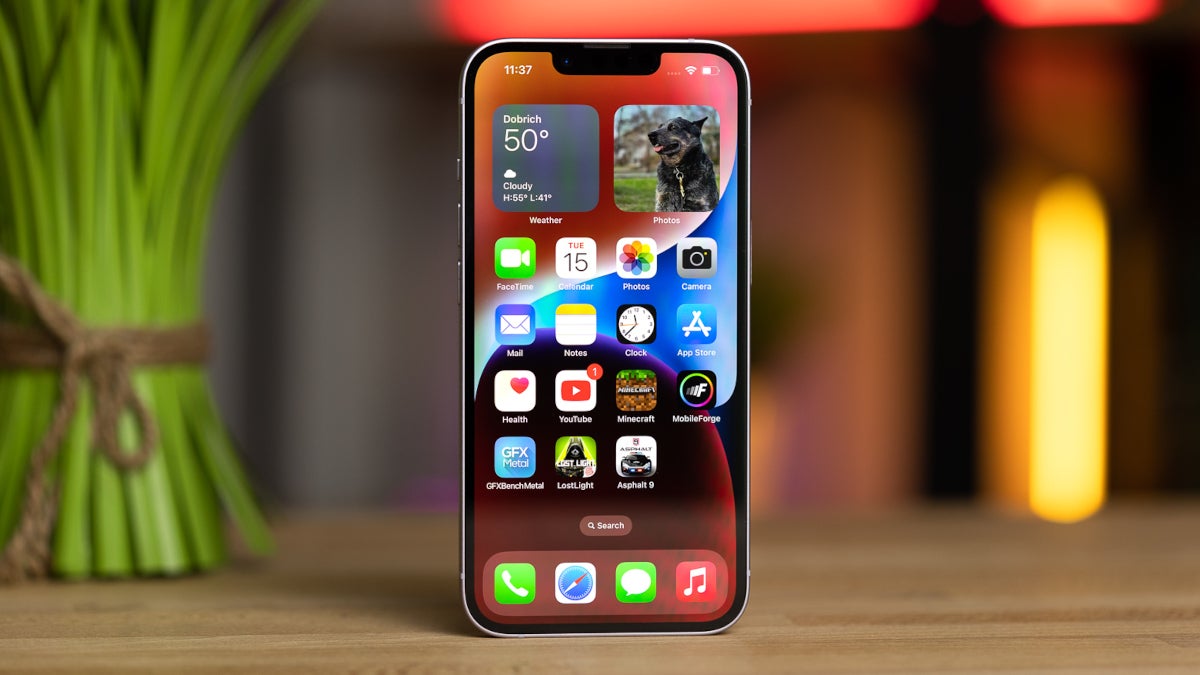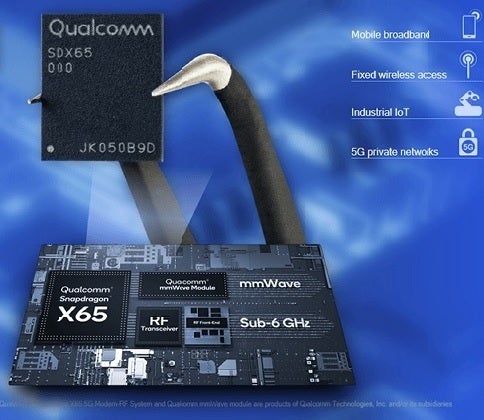Kuo says iPhone SE 4 coming next year with 6.1-inch OLED screen and Apple 5G modem chip

According to crystal ball-wielding TF International analyst Ming-Chi Kuo, the first iPhone to use Apple's in-house 5G modem chip will be the iPhone SE 4. The last iPhone series from Apple to use an Intel modem chip was the iPhone 11 line and the second-generation iPhone SE. But when Apple debuted 5G support on the iPhone 12 models, it switched to a Qualcomm Snapdragon 5G modem chip and has stuck with Snapdragon 5G modem chips ever since.
Originally, the plans called for Apple to debut its own 5G modem chip starting with the iPhone 15 line. But some issues arose delaying Apple from launching its chips so soon and Qualcomm was ecstatic; the San Diego-based company was in danger of having its market share on iPhone models drop from 100% to 20%. Now, it's back to 100% until Apple is ready to use its own component.
Kuo says that Apple has restarted work on the iPhone SE 4
But the Apple 5G modem chip that is expected to debut on the iPhone SE 4 will not support the fastest mmWave 5G speeds. Of course, because these signals travel only short distances, finding a mmWave signal outside of certain areas of New York City is like finding a needle in ten haystacks. The chip will work with sub-6GHz 5G networks which include mid-band and C-band signals that are 10 times faster than LTE.

The iPhone 14 series uses the Snapdragon X65 5G modem chip
In a tweet that he disseminated today, Kuo says that Apple has two issues that it must deal with before it can reliably use its own 5G modem chips. "The main challenge lies in whether Apple can overcome the technical obstacles related to mmWave and satellite communications," Kuo wrote. He also said, "It's still being determined whether the iPhone 16 series will use Apple's 5G baseband chip." The analyst also notes that once Apple starts using its own modem chip, Qualcomm's Apple orders will decline sharply.
Kuo says that Apple has restarted work on the iPhone SE 4 which will carry an OLED display instead of an LCD screen. The fourth-generation "budget" iPhone will be based on the 6.1-inch iPhone 14. The phone could be released in the first half of 2024 and if things go smoothly, Kuo says Apple will replace Qualcomm's baseband chips on the iPad and the Apple Watch.
(1/10)
— 郭明錤 (Ming-Chi Kuo) (@mingchikuo) February 27, 2023
[Update] Apple has restarted the iPhone SE 4 and will adopt an in-house 5G baseband chip. The significant decline in Qualcomm's Apple orders in the foreseeable future is a foregone conclusion. https://t.co/0MeZDFnbzg
Apple spent $1 billion to buy Intel's smartphone modem business back in 2019. This transaction took place three months after Apple and Qualcomm reached a settlement that tossed all of the lawsuits between the two companies (mostly patent infringement cases). Apple paid Qualcomm an undisclosed sum of money (believed to be in the range of $4.5 billion-$4.7 billion) for a six-year licensing agreement (with a two-year option) and both firms signed a multi-year chipset agreement.
Before the settlement, tensions ran high between both firms but things have cooled off since then.
Just a couple of months ago, Kuo expected Apple to put the kibosh on the iPhone SE 4
Returning to the iPhone SE 4, it was Kuo who ack in Decembber disseminated a series of tweets that said, "My latest survey indicates that Apple will likely cancel or postpone the mass production plan for the 2024 iPhone SE 4. I think this is due to the consistently lower-than-expected shipments of mid-to-low-end iPhones (e.g., SE 3, 13 mini, and 14 Plus) as well as concerns that the full-screen design of the SE 4 will lead to an increase in higher costs/selling prices. As a result, Apple may need to reconsider the product positioning and return on investment for the SE 4."
Obviously, the well-regarded analyst has changed his mind. Not only does he see the device coming during the first half of 2024, he now must feel that Apple is no longer concerned about reducing new product development expenses.
Follow us on Google News












Things that are NOT allowed:
To help keep our community safe and free from spam, we apply temporary limits to newly created accounts: